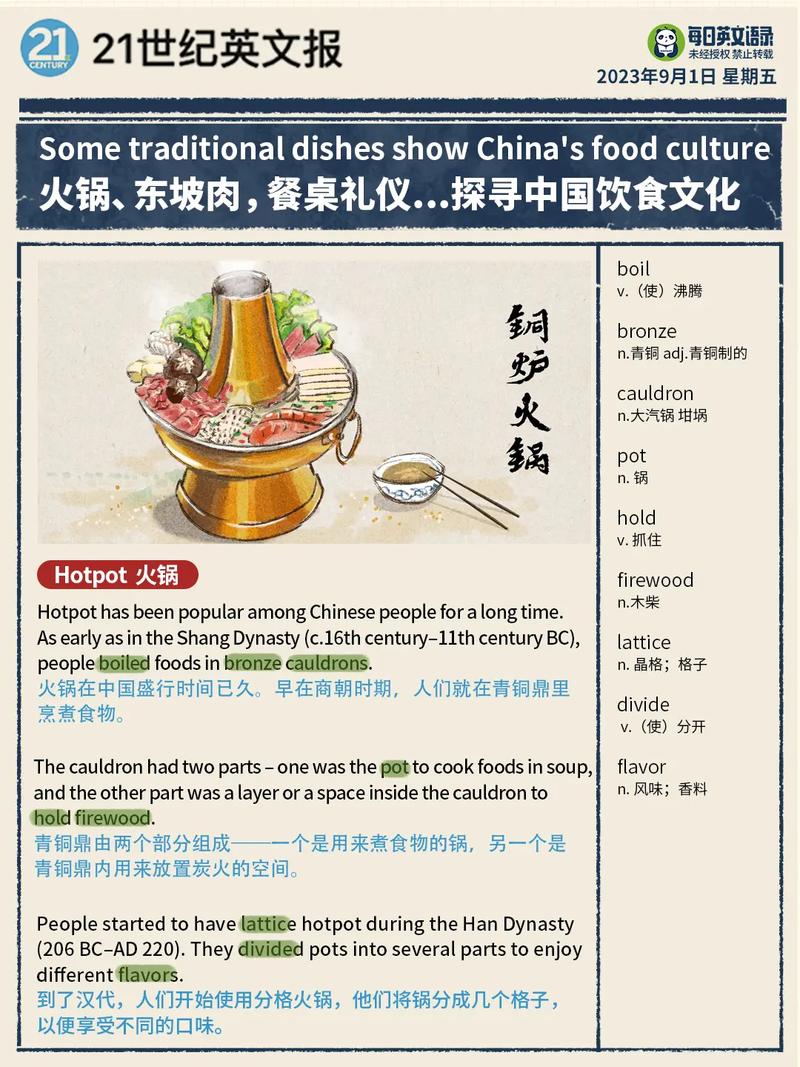The Chinese culinary landscape is a treasure trove of flavors and ingredients, with each region boasting its unique culinary traditions. Among these regional cuisines, Sichuan and Hunan stand out as two of the most popular and distinctive. While both are known for their bold and spicy flavors, Sichuan cuisine is often celebrated for its wider variety of dishes and ingredients, setting it apart from its southern counterpart, Hunan cuisine. In this article, we will explore the reasons behind this disparity and delve into the rich tapestry of Sichuan cuisine, highlighting its unparalleled diversity.
Firstly, it is essential to acknowledge the geographical factors that contribute to the abundance of Sichuan cuisine. Situated in the southwestern part of China, Sichuan boasts a diverse topography that ranges from mountains to rivers, providing an ideal environment for a wide variety of agricultural products. This abundance of ingredients has allowed Sichuan chefs to experiment with numerous flavors and textures, leading to the creation of a vast array of dishes. In contrast, Hunan cuisine, while also rich in flavors, relies more on locally available ingredients, resulting in a narrower range of dishes.

One of the primary reasons for the greater variety in Sichuan cuisine is the emphasis on spicy and numbing flavors. The Sichuan peppercorn, known as \

自古以来,我国饮食文化源远流长,各地美食争奇斗艳。其中,湘菜以其独特的口味和深厚的文化底蕴,独树一帜,成为我国八大菜系之一。为湘菜馆撰写对联,既能展现其独特魅力,又能传承和弘扬中华美食文化。本文将以此为题,探讨湘菜馆对联的撰写。
一、对联的基本要求
对联,又称对子,是一种汉语特有的文学形式。它要求字数相等、词性相对、意义相关。一副好的对联,既要符合这些基本要求,又要富有艺术性和趣味性。

工作时间:8:00-18:00
电子邮件
扫码二维码
获取最新动态
